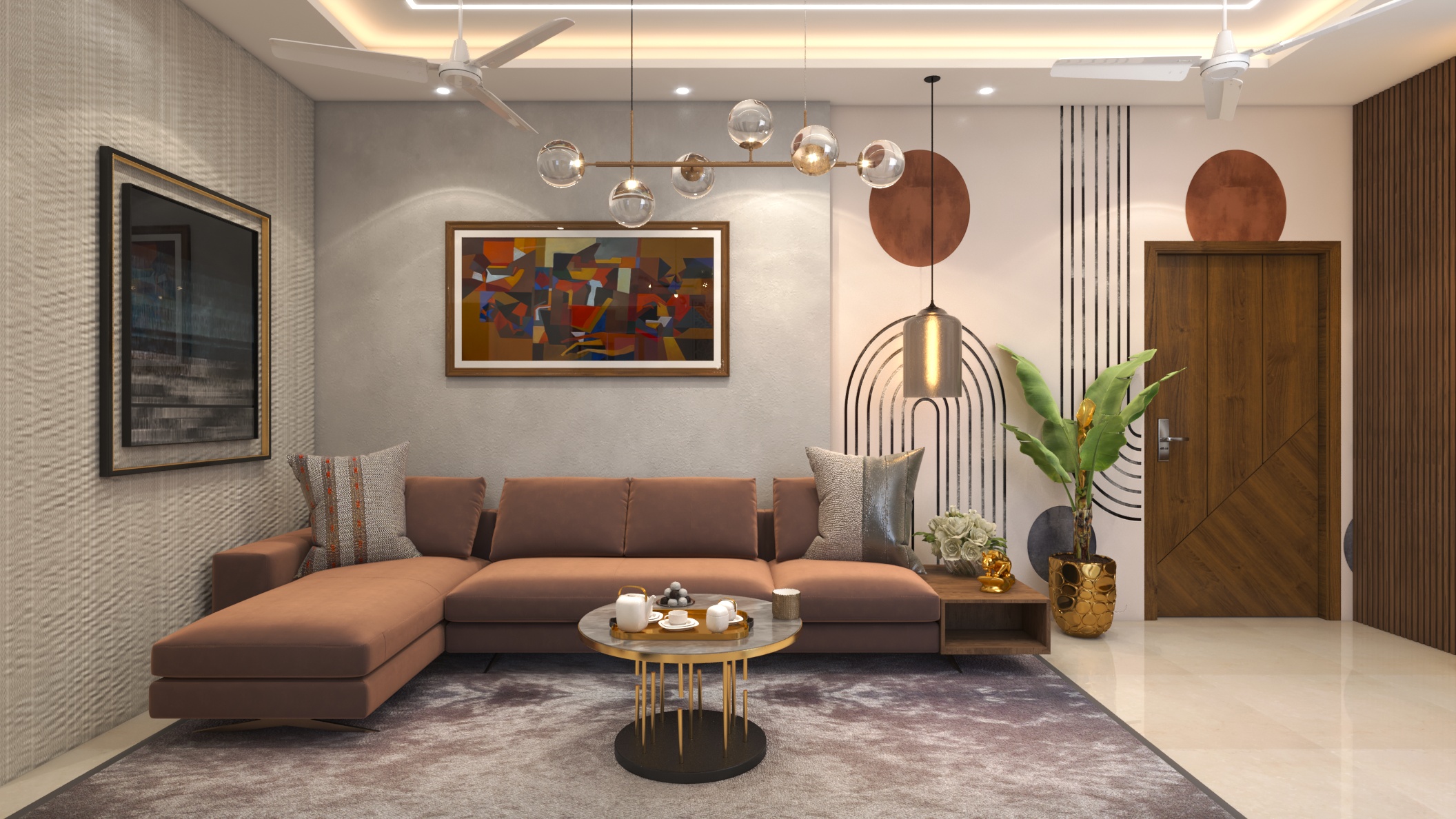your Dream it , We Design it!

Retro and the beach interior designs have distinct yet appealing styles, with each adding unique aspects to interior spaces. Retro design is distinguished by its nostalgic appeal, which draws on the vivid and whimsical designs of the 1950s and 1970s. It has vibrant colors, unusual patterns, and classic furniture pieces such as kidney-shaped tables and Eames chairs. The use of materials like plastic, Formica, and chrome, along with eclectic decor, results in a colorful and dynamic ambiance that celebrates uniqueness and old-school charm.
Coastal design, on the other hand, evokes the tranquil and airy atmosphere of beach living. It uses light, breezy colors like whites, blues, and sandy neutrals to mirror the natural tones of the shore. Natural materials such as wood, wicker, and rattan are common, as are nautical themes. Visit Now
what are the difference retro and coastal interior design

Retro and coastal interior designs offer distinct and contrasting aesthetics, each creating a unique ambiance in a space. Retro interior design is defined by its nostalgic appeal, drawing inspiration from the vibrant styles of the mid-20th century, particularly the 1950s to 1970s. This style is characterized by bold, saturated colors, funky patterns, and iconic furniture pieces such as kidney-shaped tables and Eames chairs. Retro design embraces a mix of materials, including plastic, Formica, and chrome, and often features eclectic and whimsical decor elements, creating a lively and dynamic atmosphere that celebrates individuality and playful charm.
In contrast, coastal interior design evokes the serene and airy feel of seaside living, aiming to create a relaxing and tranquil environment. Coastal design utilizes a light, breezy color palette dominated by whites, blues, and sandy neutrals, which reflect the natural hues of the beach. It incorporates natural materials like wood, wicker, and rattan, along with nautical elements and marine-themed decor. Coastal interiors emphasize open, uncluttered spaces that invite plenty of natural light, fostering a connection with the outdoors and creating a calm, laid-back ambiance that feels both casual and sophisticated.
The primary difference between the two styles lies in their inspiration and execution: retro design focuses on bold, nostalgic elements and vibrant, eclectic decor, while coastal design centers around a soothing, natural palette and a relaxed, beach-inspired atmosphere. Learn More
Retro Interior design and Coastal Interior importance

Retro Interior Design:
Nostalgic Appeal: Retro design brings a sense of nostalgia and whimsy, allowing individuals to celebrate and revisit the vibrant styles of past decades.
Unique Expression: The bold colors, funky patterns, and eclectic decor elements provide an opportunity for personal expression, making each space unique and reflective of individual taste.
Dynamic Atmosphere: The lively and dynamic atmosphere created by retro design can energize a space, making it more engaging and stimulating.
Coastal Interior Design:
Serenity and Relaxation: Coastal design fosters a tranquil and calming environment, ideal for creating a relaxing retreat that promotes mental well-being.
Connection with Nature: The use of light, breezy colors and natural materials enhances the feeling of being connected to the outdoors, bringing a sense of freshness and openness to the space.
Timeless Elegance: Coastal interiors offer a timeless and sophisticated look that remains appealing over time, ensuring that the space feels inviting and comfortable.
conclusion:
These vintage and coastal interior designs have unique benefits, catering to varied preferences and lifestyle requirements. Retro design, with its vibrant colors, wacky patterns, and nostalgic appeal, creates a lively and dynamic environment that values individuality and creativity. Coastal design, on the other hand, stresses serenity and relaxation by incorporating light, breezy hues and natural materials to create a peaceful, beach-inspired refuge.
Understanding the fundamental characteristics and importance of each style allows homeowners to select the design that best reflects their particular preferences and the environment they want to create. This informed decision-making ensures that living spaces are not only visually appealing, but also useful and indicative of the residents’ individual preferences.

